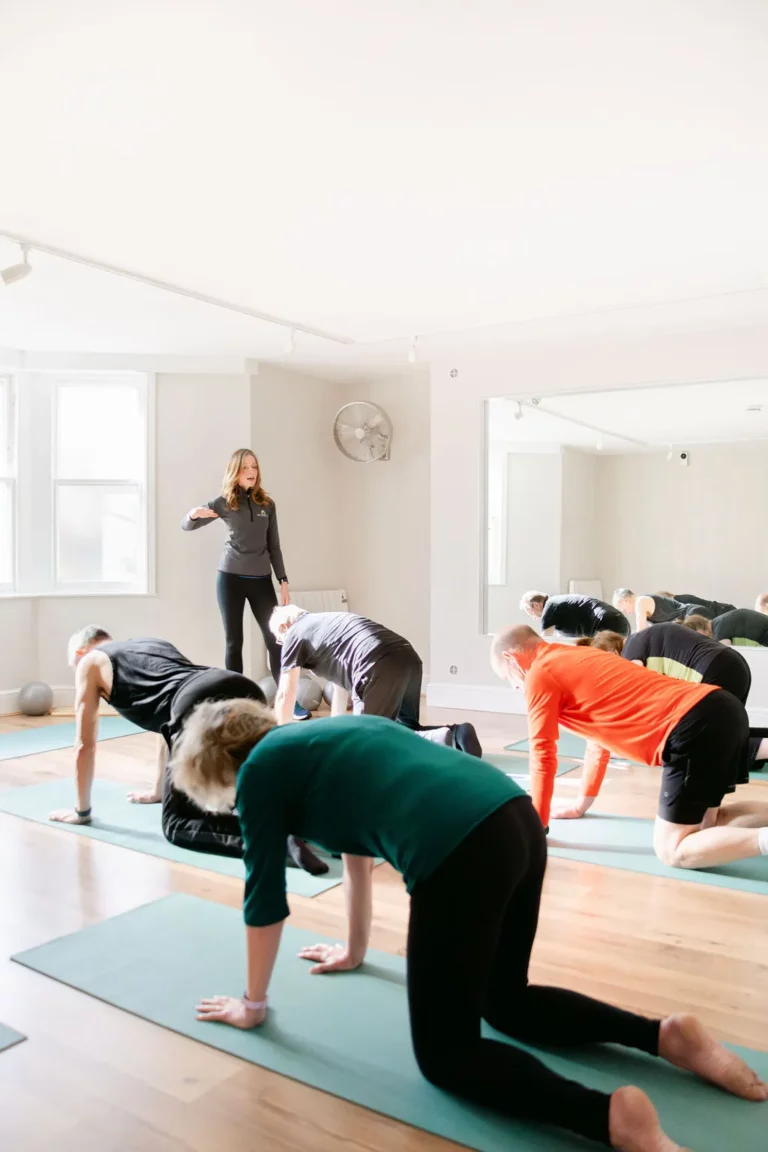Back pain is the most common presenting complaint to osteopaths, but we treat more than just spines
If you suffer from back pain, you’re not alone. A whopping four out of five people have some kind of upper or lower back pain during their lifetime. Luckily, we can ease most cases quickly – especially when we catch it early.
Back pain can develop over time or be directly related to an action or trauma. It can be distressing, especially when it limits your ability to work, exercise or carry out everyday tasks.
Our osteopaths are experts in helping people with back pain, we’ll explain the reason why you are experiencing pain and provide you with a diagnosis, alongside treatment and self care advice.
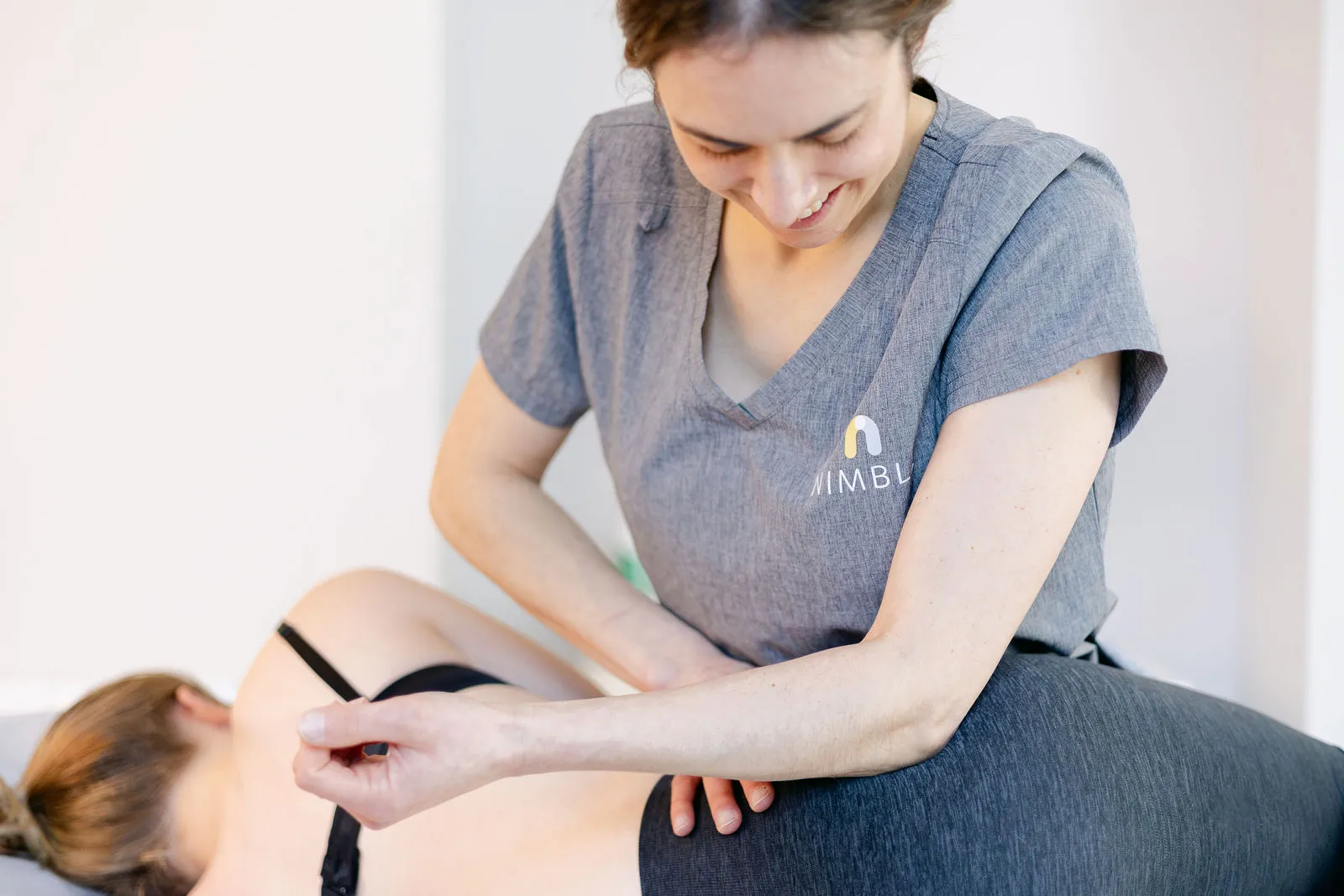
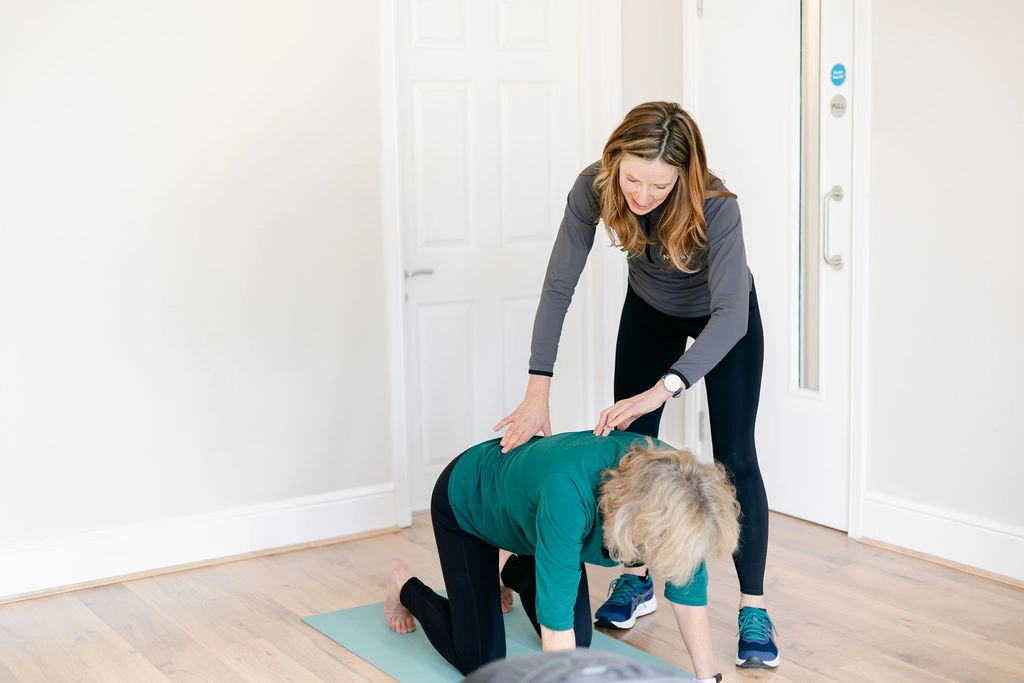
Common conditions affecting the back that we see in clinic are (non exhaustive list):
- Muscle spasm or tightness ‘Lumbago’
- Disc problems (‘bulging’, ‘prolapsed’, strains)
- Facet Joint problems (strains, arthritic changes, extension injuries)
- Arthritis (osteoarthritis)
- Pain as a result of scoliosis
- Sciatica (see nerve pain)
- Chronic and Acute low back pain
- Sports injuries of the lower back
- ‘Piriformis syndrome’
- Sacroiliac pain (SIJ)
What your pain might feel like
Low back pain can be sharp and restricting, or nagging and aching. It can even cause severe muscular spasms that may force you to hold awkward postures.
It can be associated with pain in the groin, buttocks, legs and feet as the nerves supplying these areas arise from the lower back.
Lower back pain can affect how comfortably you sleep and in what position your body will let you lie.
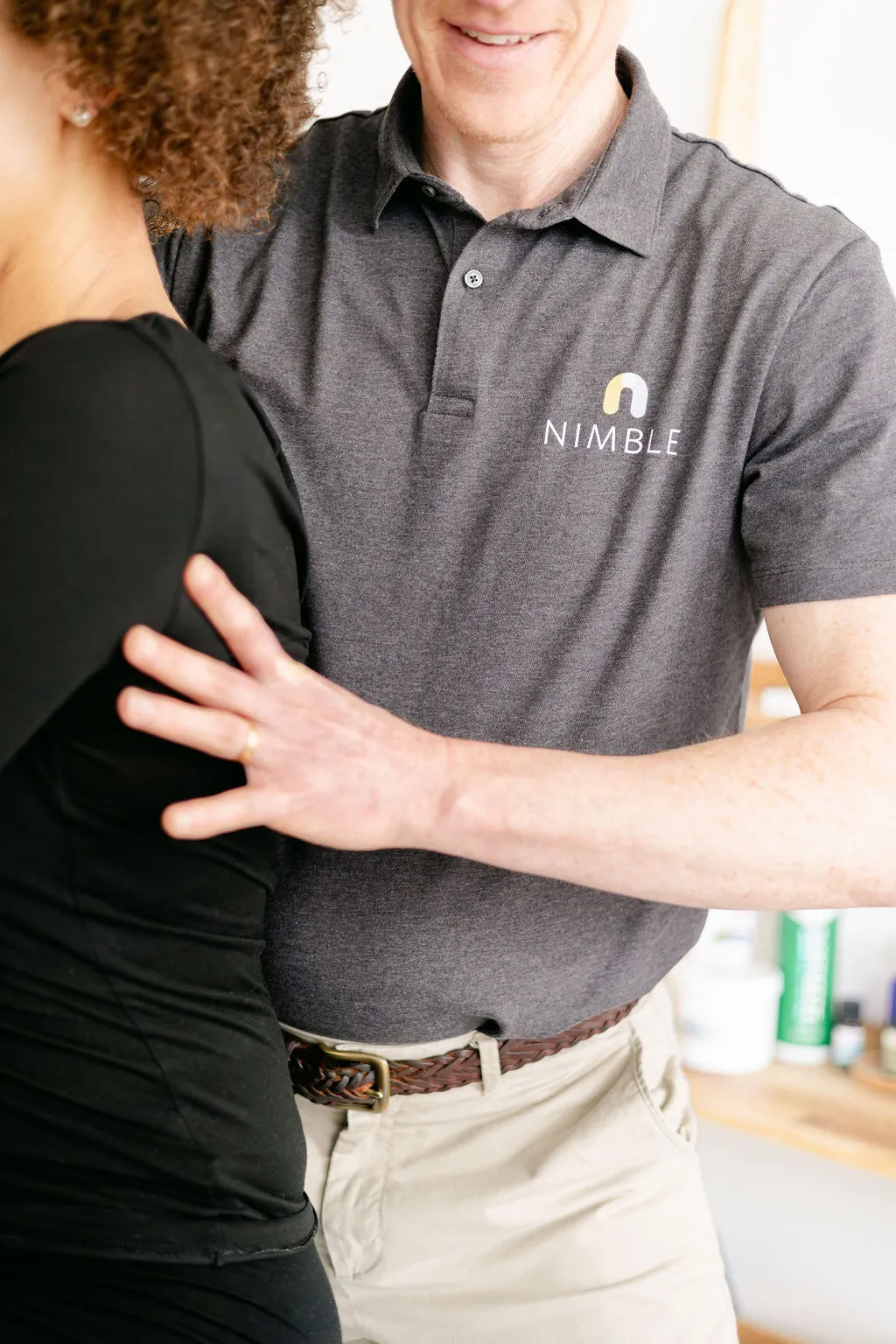
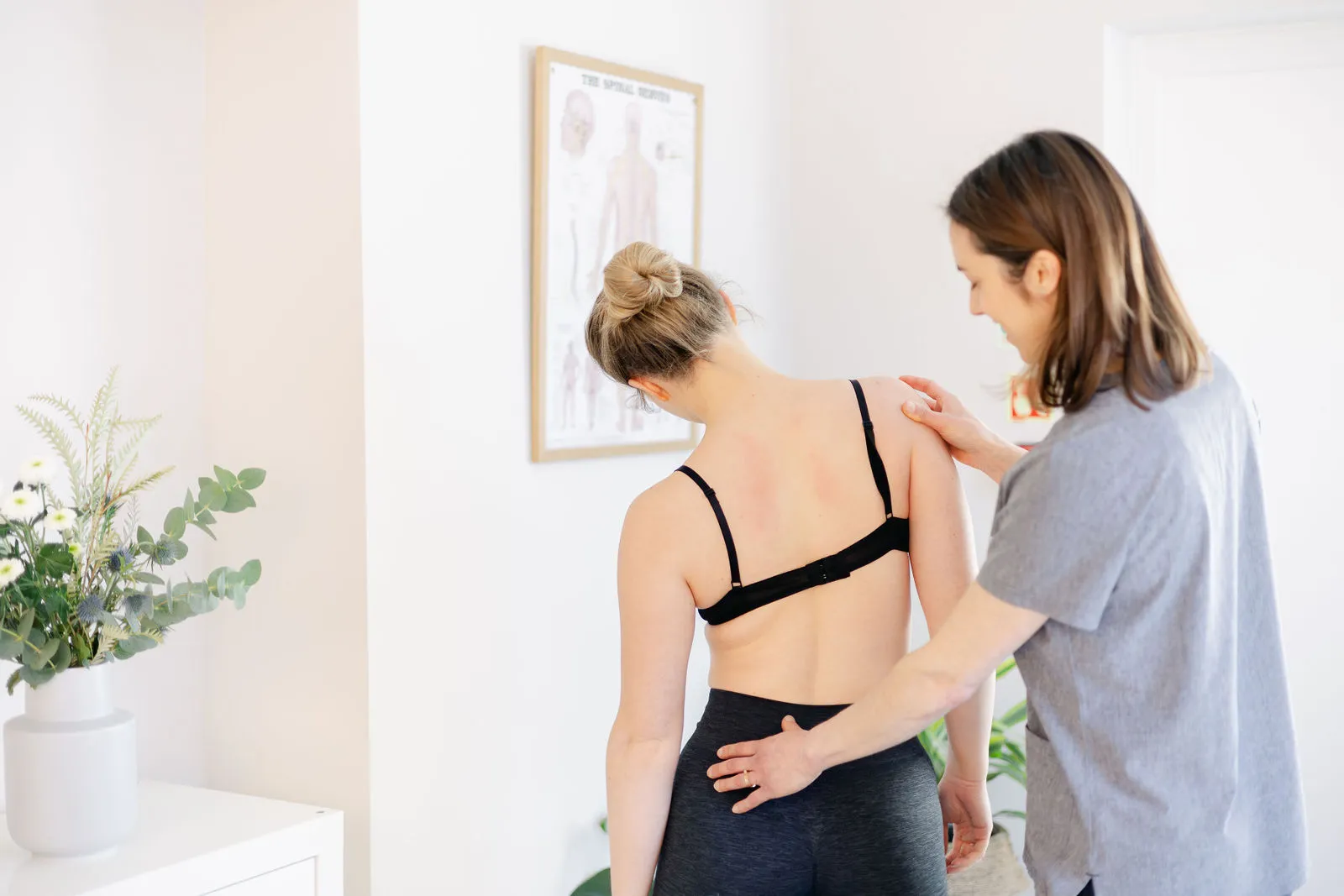
How we treat back pain
We’ll ask you to do some simple movements before examining your spine and testing the nerves to your legs. We’ll perform common orthopaedic tests for the spine, pelvis and hips – the same tests a doctor/physio would do – to confirm our diagnosis. In some cases, we may also refer you for further tests or imaging. We’ll treat you using massage, stretching and manipulation (HVLAT) techniques. We might also use dry needling (western acupuncture) if your pain is acute or long-standing. We will likely give you exercises to do at home to aid your recovery between sessions.

